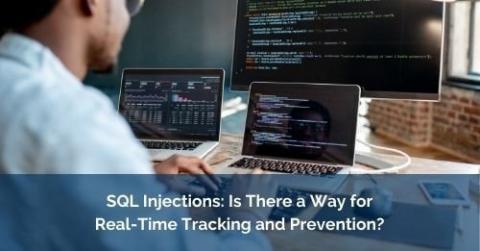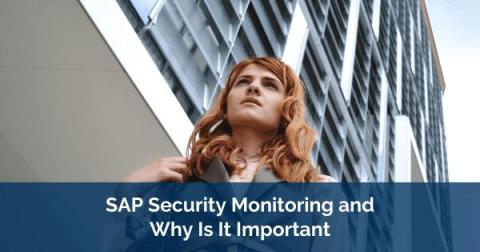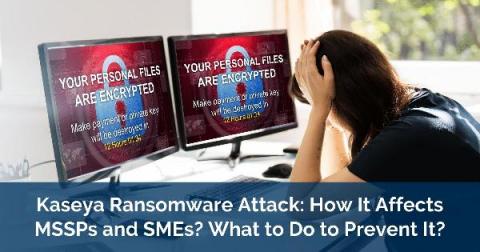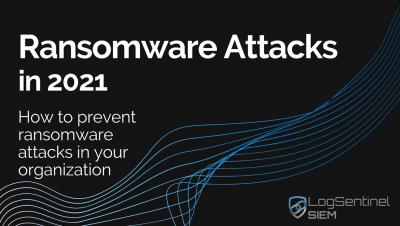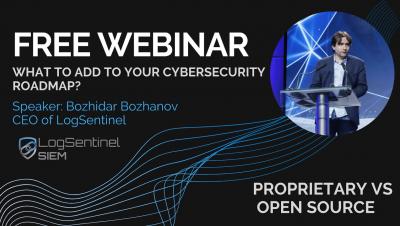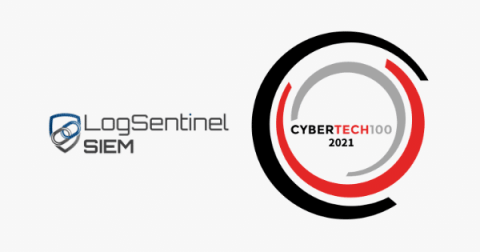SQL Injections: Is There a Way for Real-Time Tracking and Prevention?
SQL injection (SQLi) is one of the most common code-injection techniques used to get information from one’s database. Generally speaking, this is malicious code placing in one’s database via a page input, most often a registration form. SQL injection usually occurs when you ask a user for input, like their username/user ID, and instead of a name/id, the user gives you an SQL statement that you will unknowingly run on your database.


